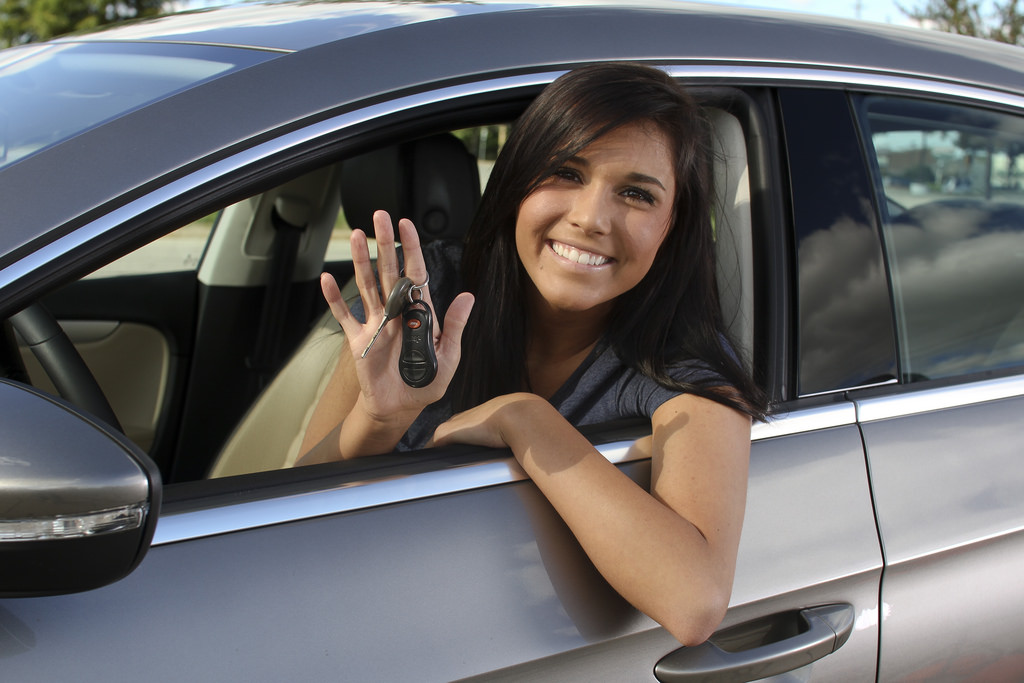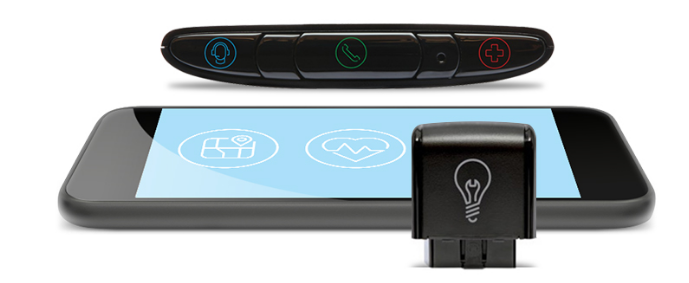
You’ve no doubt heard of OnStar, the feature in many General Motors cars that can offer emergency assistance, human assisted navigation, vehicle diagnostics and other features. The service, depending on the features you enable, costs between $20 and $35 a month with a 20 percent discount if you pay by the year.
OnStar only works on GM vehicles. The company experimented for a while with an aftermarket system for non-GM cars, but discontinued that product.
But the good news is that Verizon has a somewhat similar product for the rest of us, which, at $10 a month, is less expensive than OnStar. Hum by Verizon works on most vehicles built in the past 20 years.
Hum is not identical to OnStar. You don’t get navigation assistance but if you have a smartphone or a built-in GPS, you probably won’t need to speak with a human to get where you’re going. Because it’s not fully integrated into the vehicle, it can’t be used to let you in if you forget your keys, but it can be used to dispatch a locksmith, if needed.
But Hum does come with a speaker phone to reach a person who can assist you in an emergency or answer any technical questions about the service. Live agents can also dispatch roadside assistance. For no extra charge you get four service visits a year to deal with situations like a flat tire, an empty gas tank, a dead battery or to let you in if you’re locked out of your car. They will tow up to 10 miles at no extra charge.
Collision detectors will notify the service center in the event of an impact and if they can’t reach you through the speaker or your cell phone, they’ll use your GPS location to send help.

Fortunately, I haven’t had to test that service but on two occasions when I was first installing Hum, I accidentally pressed the emergency call button. The first time, I got an immediate response from an agent right on the speaker. The next time I pushed it accidentally and then left the car but they called me on my cell phone to make sure I was OK.
Hum also has a vehicle locator feature should you have trouble figuring out where you parked. It uses GPS and, while it’s not necessarily the precise location, it will get you pretty close.
You can also use the app or website to track your car while it’s on the road. My wife recently borrowed my car and I was able to see where she was and how fast she was going. I don’t advocate spying on your spouse, but it might be reassuring if you’re nervous about where — or how fast — your teen is driving. You can also use the app to set boundary alerts that will let you know if a teen driver enters or exits a boundary you set. A speed alert will let you known whenever the car exceeds whatever maximum speed you set.
Hum’s emergency dispatch center can also locate the car if it’s stolen and send the information directly to the police who can see where it’s parked, or track it if it’s on the move.
One of the most useful features of Hum is vehicle diagnostics. You can use the app or website to check on the battery, coolant, alternator or if there is a mechanical problem or an issue with the electrical system, powertrain, wiring or emission system. It also gives you a daily breakdown of your miles per gallon.
Hum consists of two devices. One is an “OBD” reader that you plug into the On Board Diagnostic Port that’s on most cars built since about 1990. You simply plug the device into the port. The Hum website shows you where the port is located on your vehicle or you can consult your car’s owner’s manual or your dealer.
The other device is the speaker phone, which you can use to call for help. You can also connect it to your cell phone as a Bluetooth speaker and microphone.
Both the OBD port and the speaker phone communicate to the Hum assistance center and to their cloud-based servers via the Verizon network through an embedded cellular modem, so you can use the service and call for help even if you don’t have your cell phone with you.
If all you need is a car locator, consider the $29.99 Nonda ZUS Smart Car Locator & USB Car Charger. The elegant little device plugs into your car’s power port (formerly known as the cigarette lighter) to fast charge two USB devices, including tablets and phones and to help you find your parked car. When you turn off your car, it sends the location to an Android or iOS app which can then lead you back to the car with arrows should you have trouble finding it in a parking lot. If you park in a multilevel structure, you’ll need to remember what floor you’re on.
Neither of these devices give you that new car smell, but they will provide your old car with a level of connectivity and smarts that new car owners enjoy.